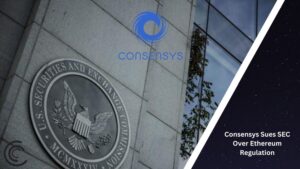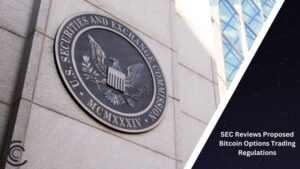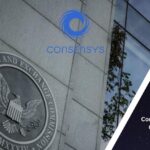Key Takeaways
- Prosecutors argued that Bankman-Fried had granted special privileges to Alameda
- The defense argued that the government had spun an elaborate narrative about FTX that deviated from reality.
The high-stakes criminal trial of Sam Bankman-Fried, closely linked to the dramatic collapse of the once-valued $32 billion FTX cryptocurrency exchange, has entered its final phase, with prosecution and defense attorneys passionately presenting their closing arguments in a Manhattan courtroom.
Assistant U.S. Attorney Nicholas Roos, representing the U.S. Department of Justice, wasted no time in asserting the gravity of the situation, stating, “There is no dispute that billions of dollars worth of FTX customer funds have vanished. This is a pyramid of deceit by the defendant built on lies and false promises.”
In contrast, Bankman-Fried’s defense attorney, Mark Cohen, challenged these claims, arguing that the government had spun an elaborate narrative about FTX that deviated from reality.
The courtroom drama unfolded on November 1 at the Southern District Court of New York, where Bankman-Fried’s trial has been ongoing since October 3.
Prosecutors delved into various payments and purchases allegedly made by FTX using customer funds. These transactions included millions of dollars in political donations, luxury real estate investments in the Bahamas, and venture capital contributions.
Roos pointed out specific expenditures, saying, “He spends on K5 — here is the payment document, signed by the defendant. Nishad Singh said it was a bad idea. The guy who ran K5 hung around with celebrities,” referring to K5 Ventures, a venture capital fund.
Notably, K5 entities received $700 million in investment from FTX in 2022, with Alameda Research, FTX’s sister company, contributing an additional $300 million. Prosecutors alleged that these funds originated from FTX’s customer deposits.
One critical aspect leading to FTX’s downfall was the use of customer funds to cover losses in Alameda’s books after the crypto market’s downturn last year. Roos argued that Bankman-Fried had granted special privileges to Alameda, a company he founded prior to FTX, enabling it to siphon off customer money.
Bankman-Fried’s defense countered by contending that FTX’s own funds, which saw remarkable revenue growth from $89 million in 2020 to $1.02 billion in 2021, were used for venture investments, political contributions, and property acquisitions.
According to the defense, the $8 billion gap between FTX and Alameda Research was primarily due to a lack of risk management and trading errors by Alameda.
The trial, initiated in early October, is nearing its conclusion and has centered around the testimony of Bankman-Fried’s former close associates and top lieutenants, pitted against their former boss and, in many cases, former roommate.
Key government witnesses included Caroline Ellison, Bankman-Fried’s ex-girlfriend and the former head of Alameda, and FTX co-founder Gary Wang, who had been a childhood friend from math camp. Both had pleaded guilty in December to multiple charges and cooperated as witnesses for the prosecution.
If convicted on charges of wire fraud, securities fraud, and money laundering linked to the late 2022 collapse of FTX and sister hedge fund Alameda Research, Bankman-Fried faces the potential of a life sentence.











